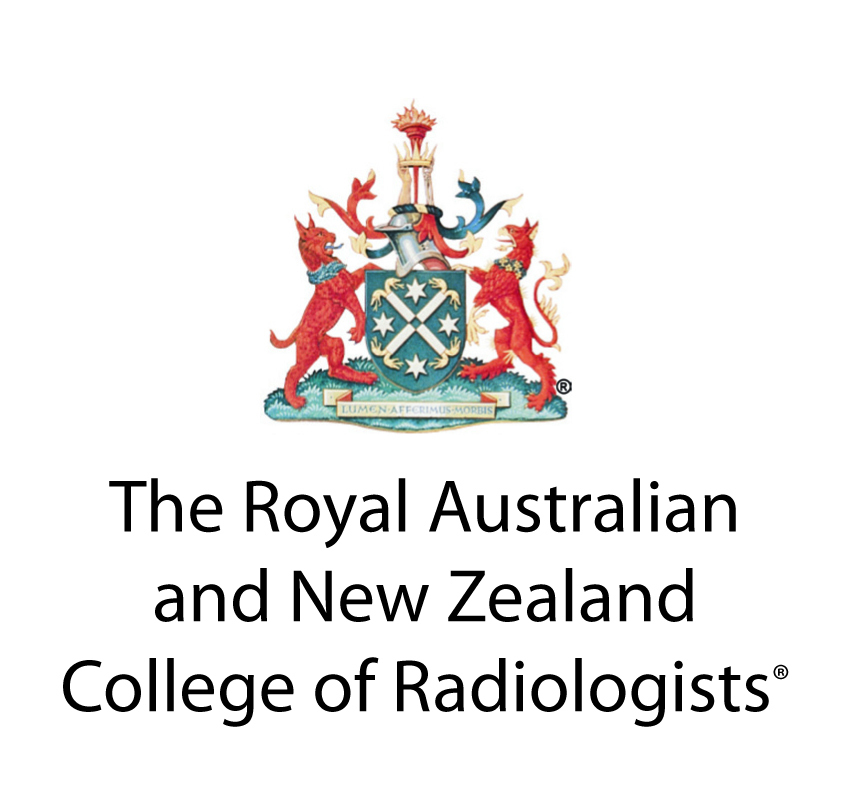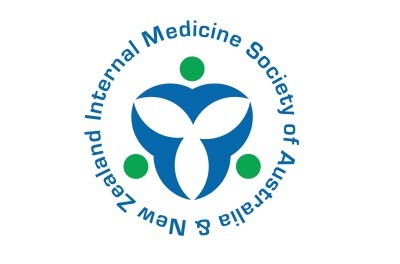Recommendations
Tests, treatments, and procedures for healthcare providers and consumers to question
Australia's peak health professional colleges, societies and associations have developed lists of recommendations of the tests, treatments, and procedures that healthcare providers and consumers should question.
Each recommendation is based on the latest available evidence. Importantly, they are not prescriptive but are intended as guidance to start a conversation about what is appropriate and necessary.
As each situation is unique, healthcare providers and consumers should use the recommendations to collaboratively formulate an appropriate healthcare plan together.
D-Dimer
The Thoracic Society of Australia and New Zealand
Visit page
In 2018 The Royal Australasian College of Physicians worked with a Lead Fellow nominated by The Thoracic Society of Australia and New Zealand (TSANZ) to review evidence for 12 paediatric thoracic recommendations on low-value care in paediatric thoracic medicine. These recommendations were the subject of email discussions and deliberation by members of the Paediatric Special Interest Group (SIG) of the TSANZ. They were further discussed at a workshop held at a meeting of the Asia Pacific Society of Respirology in 2017, which included TSANZ members. Based on the feedback provided at this workshop and through email discussions with members of the SIG, four were removed and two of the original 12 were considered for inclusion in the final recommendations with overwhelming support. Members of the Paediatric SIG were then invited to choose three out of the remaining six through an email based poll. This served as the basis for final recommendations, which were further refined and developed through successive drafts based on the input of the Lead Fellow, the results of consultation with other specialty groups and the views of the TSANZ Board.
In 2020 TSANZ worked with RACP’s Policy & Advocacy team as part of the Evolve program to develop a long list of low-value practices and interventions that pertain to the specialty. Through extensive research and redrafting under the guidance of the TSANZ Central Office and members of the TSANZ Board, the list was condensed to the top-5 recommendations for reducing low-value practices in adult thoracic medicine. After several rounds of internal consultations and revisions, the list of recommendations was subject to an extensive review process that involved key College societies with an interest in or professional engagement with thoracic medicine.
Per usual processes, the recommendations were then consulted with other medical colleges through Choosing Wisely Australia. Feedback received in the consultations led to further work and refinements by Policy & Advocacy and TSANZ, which approved these top-5 recommendations.
The Royal Australian and New Zealand College of Radiologists
Visit page
Clinical radiology recommendations 1-6 (April 2015)
A team of five Lead Radiologists were nominated to guide RANZCR's Choosing Wisely contribution. These Lead Radiologists analysed previous work completed by RANZCR, in particular a series of Education Modules for Appropriate Imaging Referrals.
These modules had been developed from an extensive evidence base and with multiple stakeholder input. Using the evidence from the Education Modules, the Lead Radiologists developed a draft recommendations list, which was then further developed and endorsed by RANZCR's Quality and Safety Committee, before being circulated to the RANZCR membership for consultation with a request for alternative recommendations. Member feedback was reviewed by the Lead Radiologists prior to ratification of the final recommendations by the Faculty of Clinical Radiology Council. The final six items selected were those that were felt to meet the goals of Choosing Wisely, i.e. those which are frequently requested or which might expose patients to unnecessary radiation.
Due to the fundamental role of diagnostic imaging in supporting diagnosis across the healthcare system, RANZCR worked closely with other Colleges throughout the project via the Advisory Panel. Following identification of two common recommendations with the Australasian College for Emergency Medicine, it was agreed by both Colleges to present these items jointly.
Radiation oncology recommendations 7-10 (September 2021)
Recommendations relating to radiation oncology from the Choosing Wisely and Choosing Wisely Canada were circulated around the Faculty of Radiation Oncology Council to determine which recommendations were applicable to the Australian and New Zealand context. The selected recommendations were then put to the Quality Improvement and Economics and Workforce Committees, with each being asked to rank the recommendations. The five highest ranked recommendations were then put to the radiation oncology membership for consultation prior to being formally approved by the Faculty of Radiation Oncology Council. Recommendations 7-10 are adapted from the American Society for Radiation Oncology (ASTRO) 2013 and 2014 lists. Recommendation 11 is adapted from Choosing Wisely Canada’s Oncology list. Each organisation was approached for—and subsequently granted—approval to adapt these recommendations as part of the Choosing Wisely Australia campaign.
This initial list has now been reviewed with recommendations 7, 8 & 10 remaining unchanged, recommendation 9 has been updated based on the advice of the Faculty of Radiation Oncology Quality Improvement Committee and Recommendation 11 has been replaced based on the feedback of the Quality Improvement Committee and the Policy and Advocacy team.
Internal Medicine Society of Australia and New Zealand
Visit page
A panel of IMSANZ members produced an initial list of 32 low value tests, treatments and management decisions frequently encountered in general medicine services. This initial list was distributed via e-mail to 350 members of a working group comprising approximately 50 general physicians as well as nurses and allied health professionals who ranked the items in terms of priority and were free to nominate additional items. Based on their responses, the list was condensed to 15 items including three which were not previously listed. These 15 items were the subject of a face-to-face forum of the working group which reached consensus on a final list of 10.
Recommendations on ‘what not to do’ were formulated around these 10 items and a summary of the evidence for each recommendation was prepared. An online survey based on this work was presented to, and approved by, IMSANZ Council. The survey was sent to all IMSANZ members asking respondents to assign a score from 1 to 5 for each recommendation on three criteria: ‘The clinical practice being targeted by this recommendation is still being undertaken in significant numbers’; ‘This recommendation is evidence-based’; and ‘This recommendation is important in terms of reducing harm to patients and/or costs to the healthcare system’. The survey attracted 182 respondents from all across Australia and New Zealand, which was a response rate of 26%. The final top five chosen were the recommendations with the five highest average total scores assigned to them.